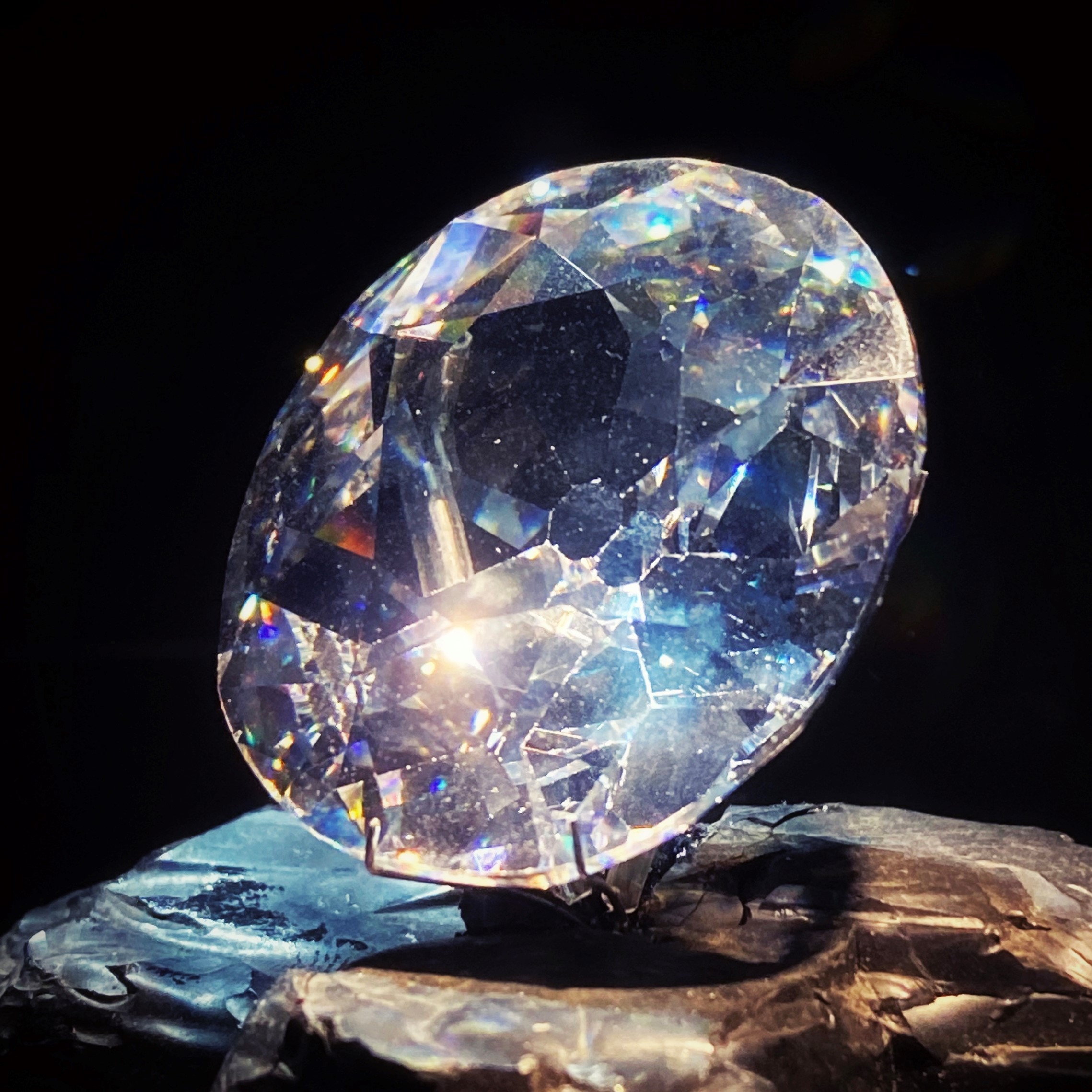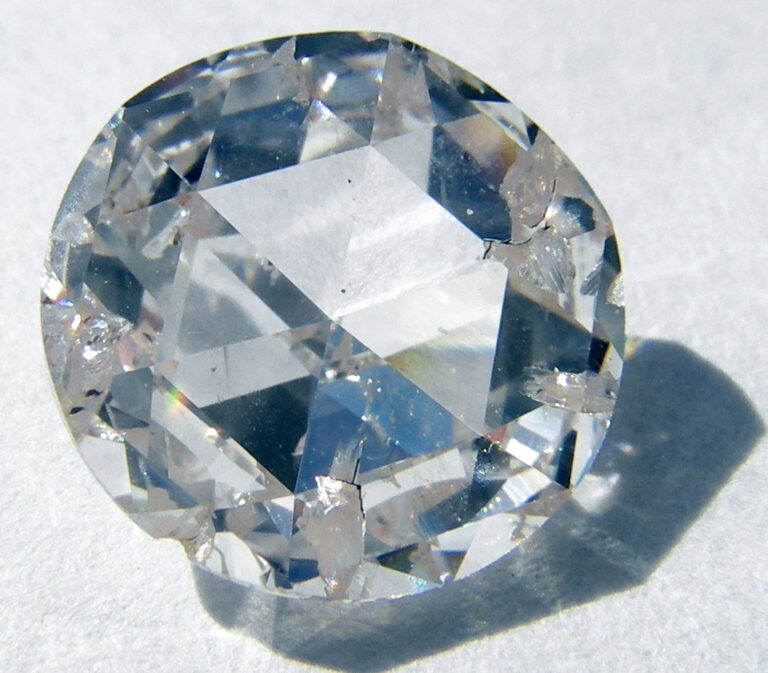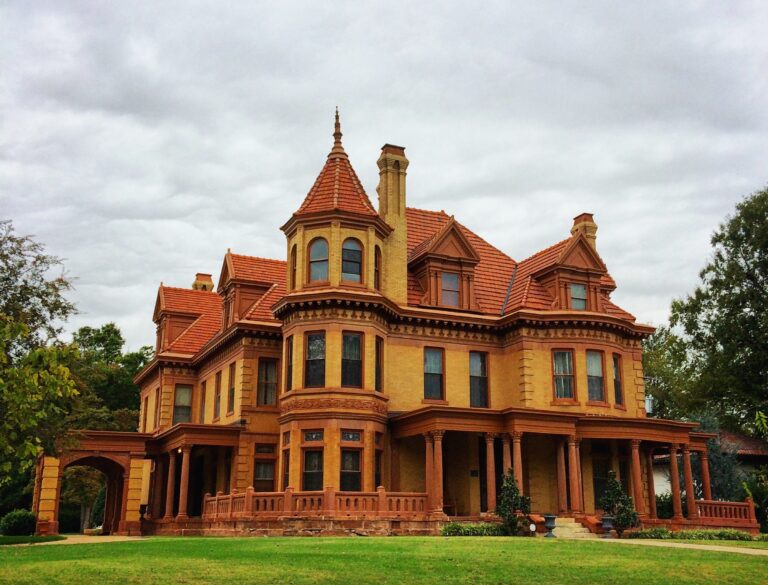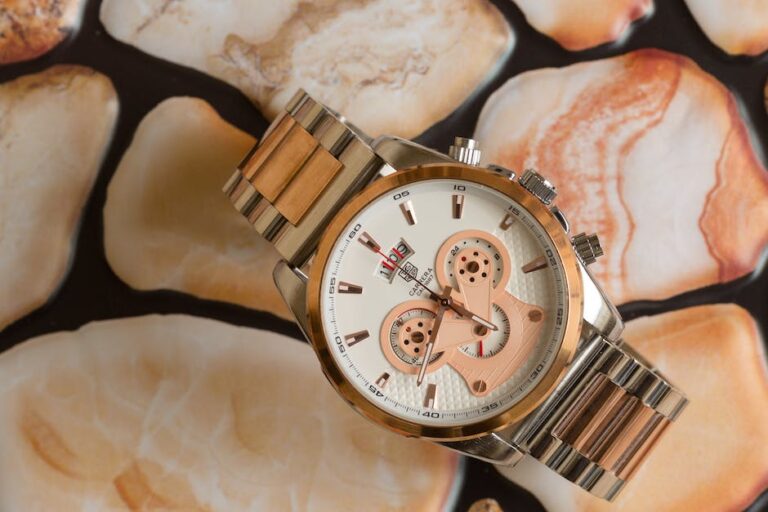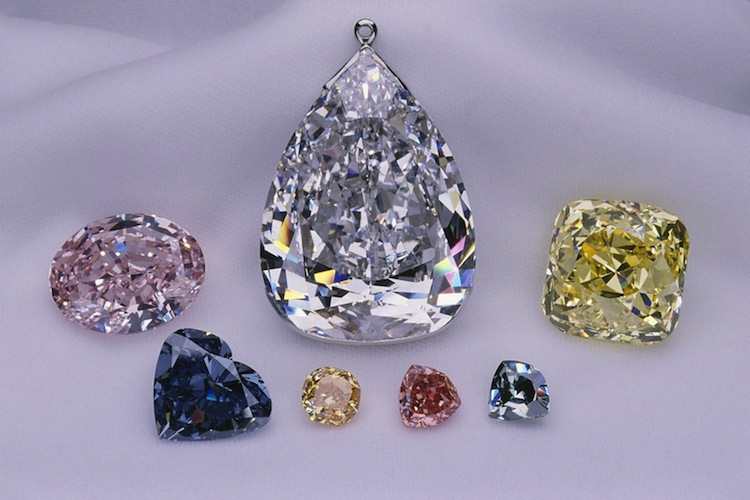Who Has the Kohinoor Diamond Now
Who Possesses the Kohinoor Diamond Today?
Millennia-old and steeped in mystery, the Kohinoor Diamond has captured the imagination of countless treasure seekers and historians for centuries. Originating from the depths of ancient Indian history, this priceless gem has navigated a complex web of power, greed, and ownership disputes on its way to the present day. In this article, we embark on a captivating quest to uncover the truth behind the ownership of the Kohinoor Diamond, engaging with the historical narrative that spans continents and dynasties. Leaving no stone unturned, we delve into the shadowy realm of global politics, where under the polished facade of diplomacy, the battle for this dazzling masterpiece continues to unfold. Get ready to sift through the layers of time and intrigue as we shine a light on the captivating question: who holds the legendary Kohinoor Diamond today?
Table of Contents
- The Illustrious Journey of the Kohinoor Diamond: From its Origins to the Present Day
- Unraveling the Controversial Ownership of the Kohinoor Diamond: A Historical Overview
- Historical Artifacts and Cultural Patrimony: Debating the Ethical Repatriation of the Kohinoor Diamond
- Diamond Diplomacy: Navigating the Geopolitical Implications of Kohinoor’s Ownership
- Preserving the Glittering Legacy: Recommendations for the Future of the Kohinoor Diamond
- In Pursuit of a Resolution: Collaborative Efforts to Determine the Rightful Possessor of the Kohinoor Diamond
- FAQs
- Wrapping Up
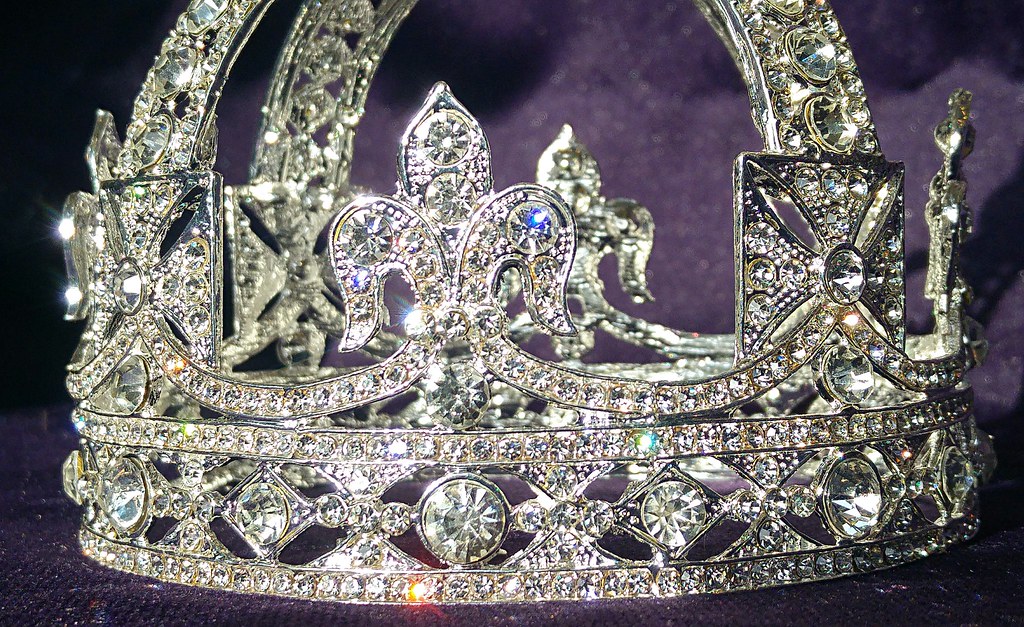
The Illustrious Journey of the Kohinoor Diamond: From its Origins to the Present Day
The Kohinoor Diamond, one of the most renowned and exquisite gems in the world, has a fascinating journey that spans centuries. With origins dating back to ancient times, this magnificent diamond has passed through the hands of numerous rulers and witnessed the rise and fall of powerful empires.
Believed to have been mined in the Golconda region of present-day India, the Kohinoor diamond is said to have first graced the crown of a Hindu goddess idol. It then found its way into the possession of various Indian rulers before falling into the hands of the Mughal emperors. Its beauty and size caught the attention of several Persian and Afghan rulers, leading to numerous battles and conflicts over its ownership.
- The Kohinoor Diamond was present during the reign of famous Mughal emperors such as Babur, Shah Jahan, and Aurangzeb.
- In 1739, it was seized by Persian ruler Nadir Shah during his invasion of India.
- After passing through different Persian dynasties, the diamond landed in the possession of Maharaja Ranjit Singh, the Sikh ruler of Punjab.
As the British Empire began expanding its influence in India, the Kohinoor Diamond became a highly sought after prize. Subsequently, it was forcibly taken from Maharaja Duleep Singh, the last Sikh ruler, and presented to Queen Victoria in 1850. Since then, this mesmerizing gem has remained part of the British Crown Jewels, fascinating countless visitors who marvel at its brilliance in the Tower of London.
The Kohinoor Diamond’s journey is a reflection of the tumultuous history of the Indian subcontinent and its interactions with various civilizations over centuries. Today, it stands as a symbol of royal splendor and cultural heritage, captivating all who seek to admire its grandeur.
Unraveling the Controversial Ownership of the Kohinoor Diamond: A Historical Overview
The history of the Kohinoor Diamond is shrouded in controversy and has captivated the world for centuries. This precious gemstone, with an illustrious past, has changed hands countless times throughout the course of history, leaving behind a trail of disputes and debates. Unraveling the ownership of the Kohinoor Diamond is a daunting task, as it has been the subject of fierce battles, diplomatic negotiations, and intricate legal proceedings.
The Kohinoor Diamond’s infamous journey began in India, where it was mined from the Golconda region during the medieval era. From there, it found its way into the hands of several Indian rulers, including Mughal emperors and the powerful Sikh empire. However, the diamond’s tumultuous fate took a turn when British colonial forces invaded India, and it eventually fell under the possession of the British Crown.
- Throughout its history, various countries have laid claim to the Kohinoor, adding to the complexity of its ownership.
- India has long demanded the return of the diamond, arguing for its cultural and historical significance.
- Pakistan and Afghanistan have also staked claims on the diamond, asserting their own historical ties.
As debates and discussions continue to ensue, the controversial ownership of the Kohinoor Diamond remains unresolved, serving as a constant reminder of the complexities surrounding cultural heritage and the disagreements it can spark.
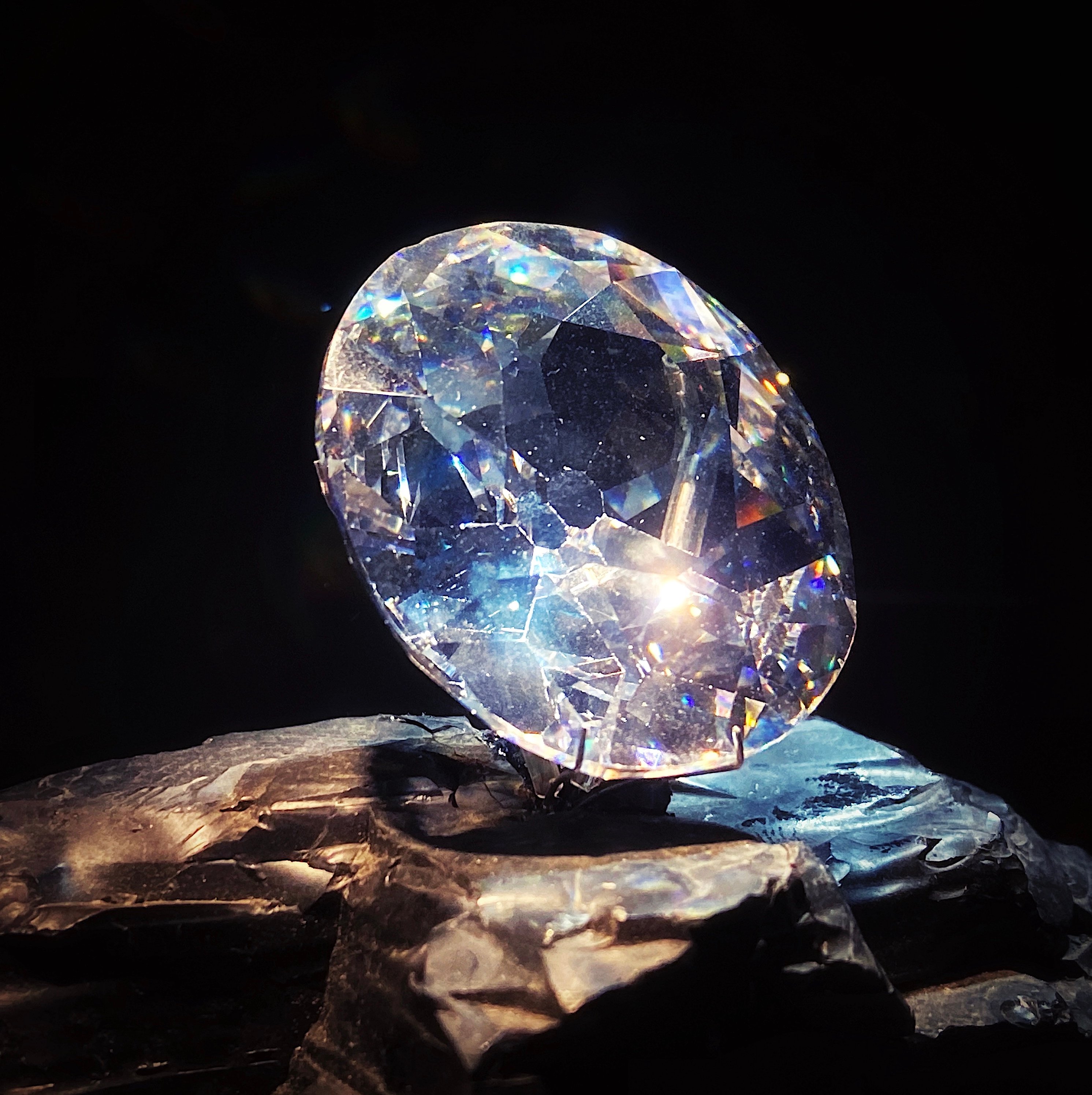
Historical Artifacts and Cultural Patrimony: Debating the Ethical Repatriation of the Kohinoor Diamond
Delve into the fascinating realm of historical artifacts and the complex discourse surrounding the ethical repatriation of the world-renowned Kohinoor Diamond. This precious gem has long been shrouded in mystery, tracing its origins back to the majestic dynasties of South Asia. Advocates passionately argue that the diamond symbolizes cultural patrimony and must be returned to its rightful home, while others assert the significance of preserving its current custodial tradition. Let us navigate through this intricate debate and examine the multiple perspectives that drive it.
Central to the ongoing discussion on the Kohinoor Diamond is the question of ownership and restitution. While considering the ethical complexities, proponents of repatriation emphasize the importance of reconnecting this magnificent artifact with its place of origin. They assert that repatriation would rectify a historical injustice and enable the people of South Asia to reclaim a cherished part of their cultural heritage. On the other hand, those advocating for retaining the diamond argue that its historical significance transcends geographical borders. They contend that preserving the Kohinoor in its current context not only respects the diverse custodians who have safeguarded it throughout history but also fosters a universal appreciation for our shared human legacy.
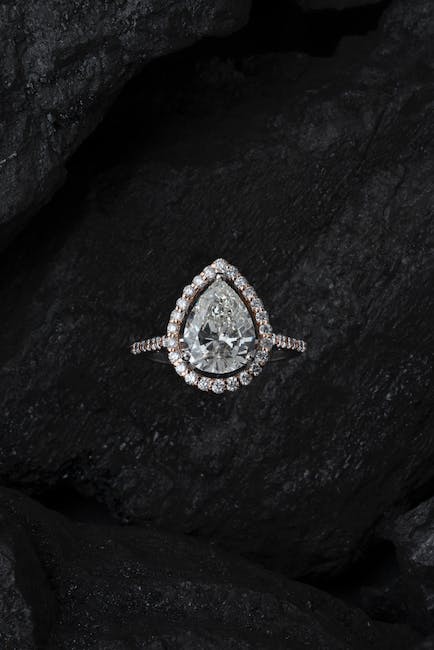
Diamond Diplomacy: Navigating the Geopolitical Implications of Kohinoor’s Ownership
The Kohinoor diamond, once a symbol of wealth and power, now rests at the center of a diplomatic quandary. Its ownership has sparked a widespread debate, with countries staking their claims and positioning themselves strategically on the global stage. As this debate unfolds, the geopolitical implications of Kohinoor’s ownership have become increasingly apparent, posing challenges that extend far beyond the realms of luxury and prestige.
At its core, the question of who possesses the glittering Kohinoor diamond is steeped in historical, cultural, and political significance. It represents a complicated tangle of colonial legacies, diplomatic relationships, and national sentiments. Every stakeholder has their reasons, grounding their claims in legalities, historical narratives, or cultural heritage. From India, which argues for the return of the diamond due to its historical connection and rightful ownership, to the United Kingdom, which attained it during colonial times and has integrated it into their own rich history, the dispute highlights the intricate web of interests, power dynamics, and national pride.
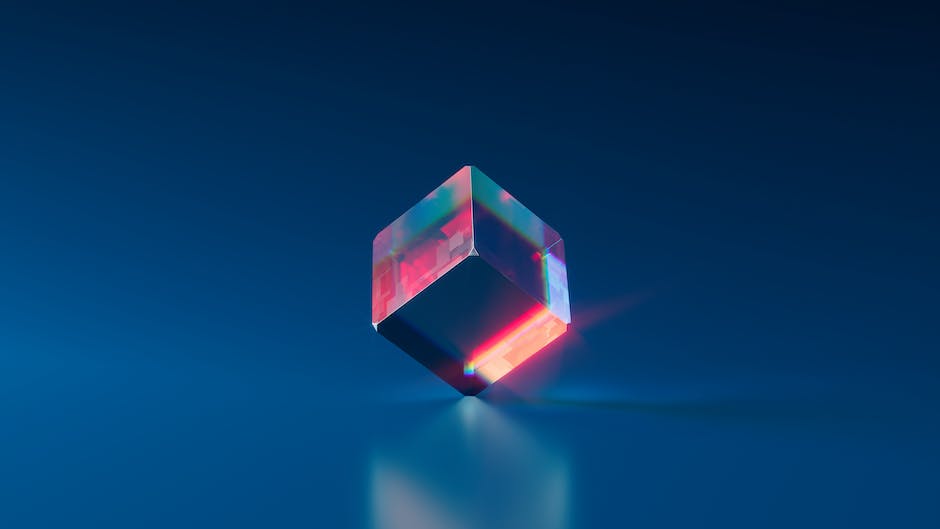
Preserving the Glittering Legacy: Recommendations for the Future of the Kohinoor Diamond
In order to ensure the preservation and safeguarding of the magnificent Kohinoor Diamond, a set of crucial recommendations have been outlined below:
- Establish a dedicated conservation unit: The creation of a specialized conservation unit, consisting of skilled professionals and experts, will play a pivotal role in meticulously preserving the Kohinoor Diamond for future generations. This unit should be equipped with state-of-the-art technology and extensive knowledge to devise innovative and scientifically sound conservation methods.
- Implement stringent security measures: Security enhancements, including advanced surveillance systems, should be put in place to protect the priceless Kohinoor Diamond from any potential threats. Additionally, fortified showcases and tamper-proof enclosures should be utilized to minimize the risk of theft or damage.
- Conduct regular scientific research and analysis: Continuous scientific research is imperative to gain deeper insights into the Kohinoor Diamond’s composition, structure, and preservation requirements. Advanced techniques such as spectroscopy, imaging, and chemical analysis should be employed to monitor its condition and determine the most appropriate conservation treatments.
- Establish international collaboration: Collaborating with renowned international museums, heritage organizations, and gemological institutes would facilitate knowledge sharing and exchange of best practices. This collaboration will ensure that preservation efforts adhere to global standards, benefit from valuable expertise, and foster mutual cultural understanding.
By following these recommendations, we can uphold the legacy of the Kohinoor Diamond, saving it from the ravages of time and allowing future generations to marvel at its unparalleled grandeur. The historical significance and cultural value of the diamond deserve nothing less than our unwavering commitment to its lasting preservation.
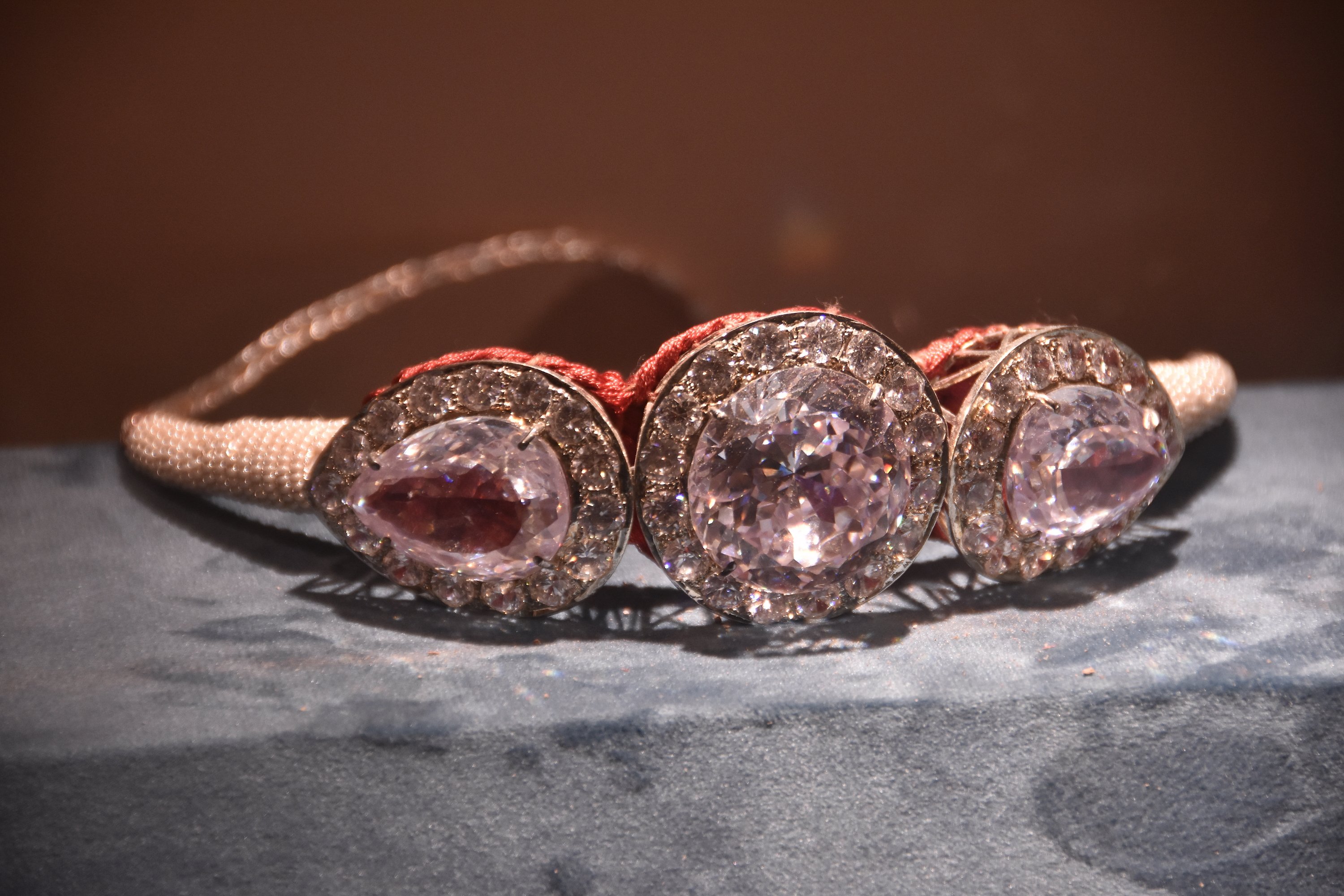
In Pursuit of a Resolution: Collaborative Efforts to Determine the Rightful Possessor of the Kohinoor Diamond
Amidst a long-standing debate, the search for a rightful possessor of the legendary Kohinoor Diamond continues with collaborative efforts from various nations and cultural institutions. This exquisite gem, steeped in history and disputed ownership, has attracted attention worldwide. Recognizing the need for an equitable resolution, experts and stakeholders are joining forces in a collective mission to establish the diamond’s rightful ownership.
One approach in this pursuit involves an interdisciplinary panel of historians, archeologists, lawyers, and gem experts working collaboratively. This diverse team examines historical records, ancient texts, and cultural artifacts to meticulously trace the Kohinoor’s origin and rightful possession across different periods. By considering a multitude of perspectives, this collaborative effort aims to unravel the complex narrative surrounding the diamond and shed light on the circumstances of its acquisition. Bold steps are being taken to ensure transparency, accuracy, and fairness in determining the true guardian of this coveted gem. Through shared knowledge and expertise, this inclusive effort strives to honor historical significance and cultural value, ultimately paving the way for a resolution that respects all parties involved.
FAQs
Q: Who has the Kohinoor Diamond now?
A: The Kohinoor Diamond is currently held by the British government.
Q: How did the British acquire the Kohinoor Diamond?
A: The British acquired the Kohinoor Diamond through the Treaty of Lahore in 1849. It was handed over to Queen Victoria as a symbol of British dominance in India.
Q: Was the Kohinoor Diamond stolen?
A: There is a long-standing debate over whether the Kohinoor Diamond was stolen or legally acquired. Its ownership has been disputed between India and Pakistan as well.
Q: Can India reclaim the Kohinoor Diamond?
A: India has repeatedly requested the return of the Kohinoor Diamond, claiming it was taken unlawfully during colonial rule. However, the British government maintains its ownership and has refused to give it back.
Q: Where is the Kohinoor Diamond displayed?
A: The Kohinoor Diamond is displayed at the Tower of London, as part of the Crown Jewels collection.
Q: Is the Kohinoor Diamond the largest diamond in the world?
A: While the Kohinoor Diamond is significant in terms of historical and cultural importance, it is not the largest diamond in the world. There are several other diamonds that surpass it in size.
Q: What is the value of the Kohinoor Diamond?
A: Determining the exact value of the Kohinoor Diamond is challenging due to its historical significance. Its cultural and historical worth surpasses its monetary value.
Q: Is the Kohinoor Diamond cursed?
A: The Kohinoor Diamond has a reputation for being cursed, with legends suggesting that its owners would face misfortune. However, this is purely based on folklore and myths surrounding the diamond.
Q: Can the public view the Kohinoor Diamond?
A: Yes, the public can view the Kohinoor Diamond at the Tower of London. It is one of the popular attractions within the Crown Jewels exhibition.
Q: Will the Kohinoor Diamond ever be returned to India?
A: The future return of the Kohinoor Diamond to India remains uncertain. Both countries have made claims, but the British government has shown no inclination to give up its ownership.
Wrapping Up
In conclusion, the ownership of the Kohinoor diamond remains a contentious issue, with multiple claims and controversies surrounding it. While India maintains its historical and cultural right to the precious gem, the diamond currently resides with the British monarchy. Efforts and demands for its return have persisted for years, adding to the complexity of this matter. The fate of the Kohinoor diamond and its rightful home continue to be debated among historians, experts, and those passionate about India’s heritage. However, until a peaceful resolution is reached, this remarkable gem will continue to adorn the British Crown, leaving its captivating story intertwined with the history of both India and Britain.

